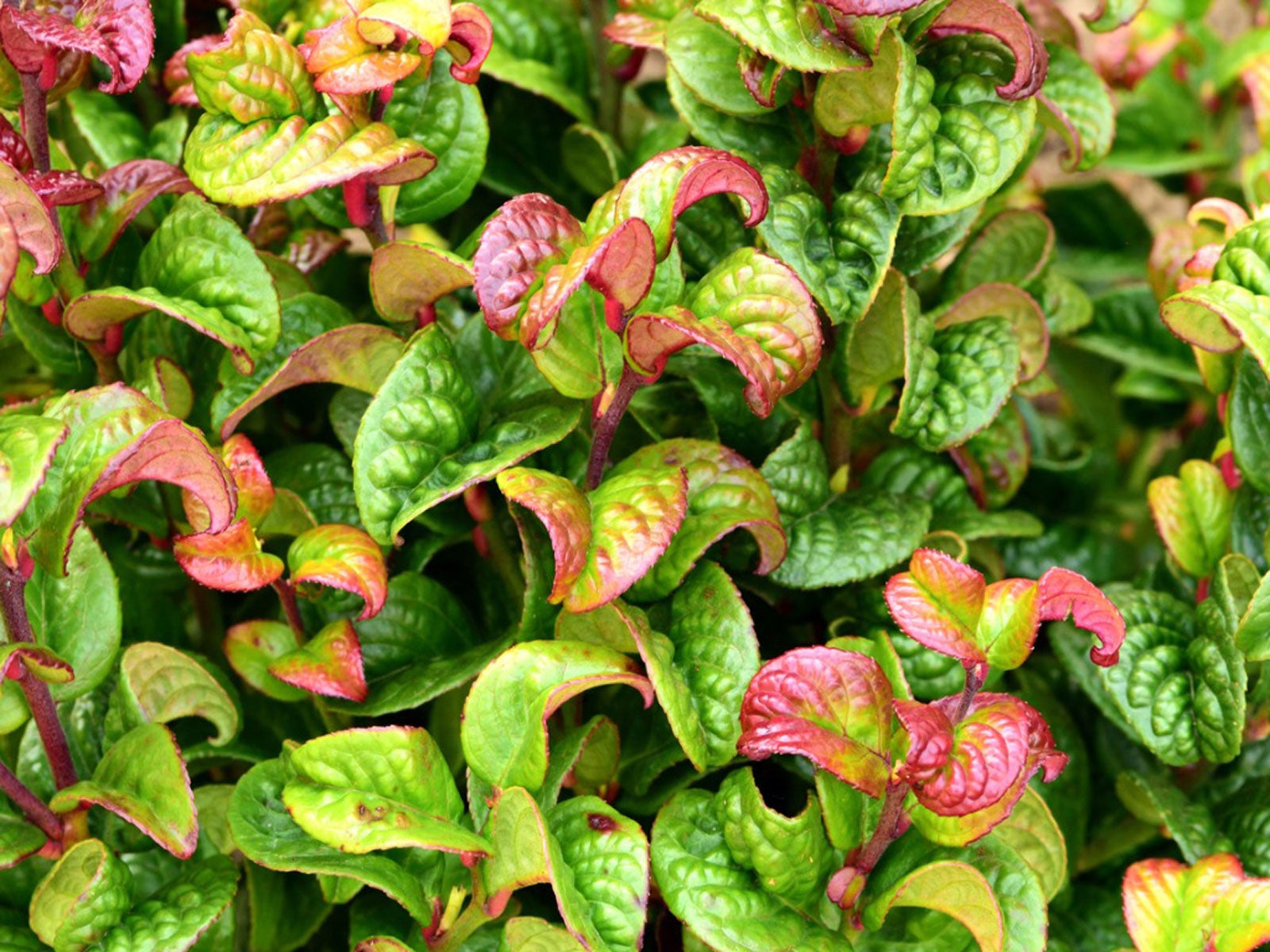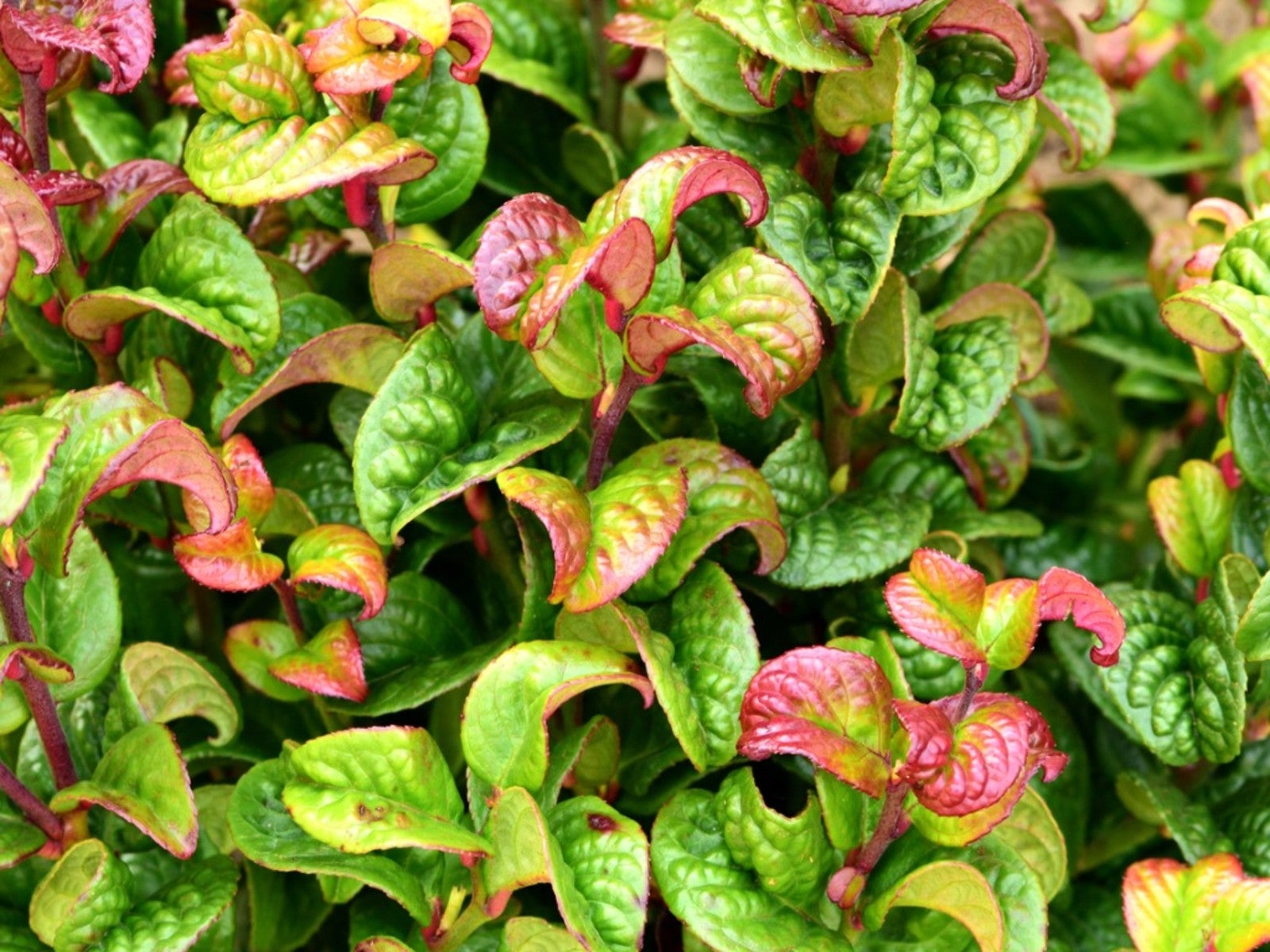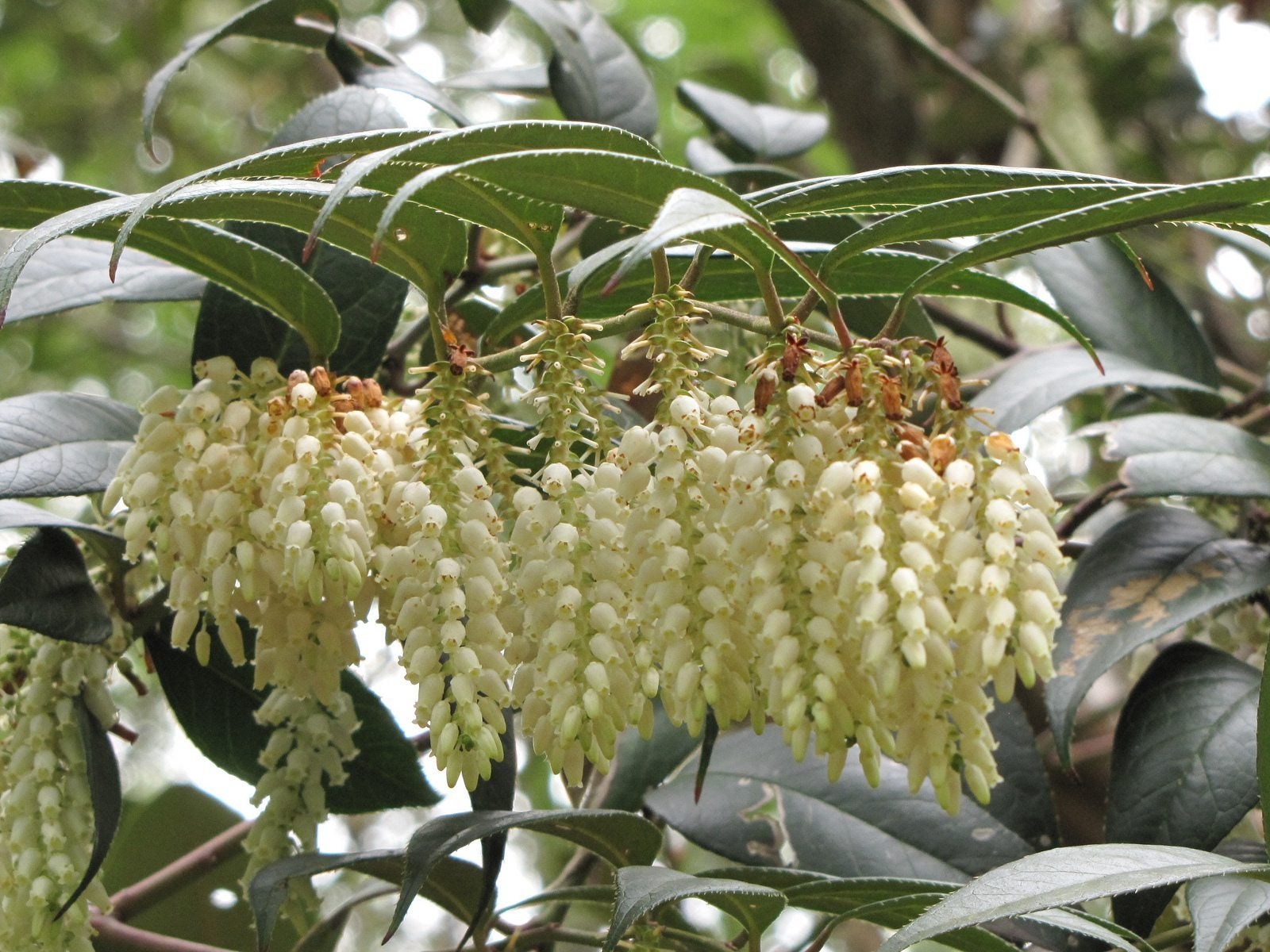Growing A Leucothoe Bush: Learn About Types Of Leucothoe


One of the more pleasant broadleaf evergreen shrubs is leucothoe. Leucothoe plants are native to the United States and provide trouble free attractive foliage and flowers. It is a very versatile plant and can grow in almost any soil.
Acidic, well-draining soil provides perfect leucothoe growing conditions, but the plant can tolerate a range of other soil types as long as the pH is not alkaline. There are several types of leucothoe from which to choose, any of which would enhance your garden and delight you with the plant’s low maintenance.
About Leucothoe Plants
As a gardener, I am always looking for unique plants that require no special attention and will persist as beautiful focal points for the duration of my garden. Sounds like wishful thinking but it isn’t.
Leucothoe plants provide the interest, longevity and ease of care that suit my landscape. They grow wild in the eastern United States in moist woodlands and along streams. This deer resistant plant is suitable for the more temperate regions of North America.
Try growing a leucothoe bush as a single specimen in containers or in groups as part of a border. Whatever you try, you won’t be disappointed with the fantastic foliage and undemanding care of leucothoe. One of the best things about leucothoe is its new stem growth.
Most species have red, bronze, or vibrant green young stems which deepen to dark, glossy green. The stems are arching and elegant, decorated with tapered leaves. The glossy broad leaves are evident year round with some types producing attractive variegated foliage. Leaves may develop a reddish or bronze hue in fall. All varieties of leucothoe bear dangling little bell-shaped flowers.
The flowers are usually white but may also be bluish. These tiny bells become 5 lobed globular fruits. Leucothoe plants are vase shaped bushes that grow between 3 and 5 feet (1-1.5 m.) in height.
Gardening tips, videos, info and more delivered right to your inbox!
Sign up for the Gardening Know How newsletter today and receive a free copy of our e-book "How to Grow Delicious Tomatoes".
Growing a Leucothoe Bush
The two main requirements for good leucothoe growing conditions are acidic soil and moisture. The plant can tolerate brief periods of dryness but the healthiest plants get moderate but consistent water. S
hade to partially shady locations develop the best leaf color in variegated forms. Full sun locations are tolerated so long as plenty of moisture is available. Incorporate organic matter to the planting site and till soil to a depth of at least one foot.
Dig the hole for the plant twice as deep and wide as the root ball. Press soil around the roots and water the plant in well. Keep the plant moist until establishment. Thereafter, check soil moisture to a depth of 3 inches (7.5 cm.) and water deeply if it is dry.
Types of Leucothoe
Leucothoe is a popular ornamental garden plant and many cultivars have been developed. There are over 10 commonly available species but a few are real standout performers.
- Leucothoe axillaris is a fairly small bush and show off in a rockery, foundation plant or on slopes.
- Girard’s Rainbow (Leucothoe fontanesiana) has white, pink, and bronze new growth.
- Leucothoe racemosa native species found from Massachusetts down to Louisiana, is one of the more cold tolerant forms and has 4-inch (10 cm.) long racemes of drooping, scented flowers from May through June.
Care of Leucothoe
Leucothoe is remarkable not only for its attractive appearance but because it is relatively untroubled by pests or disease. It is best to protect the plant from drying winds which may damage the lovely foliage. A thick layer of mulch around the root zone will protect the area from desiccation and prevent weed competitors.
The plants do not need pruning unless you have an errant stem or broken material. You can rejuvenate older plants and enjoy the new growth by removing stems to within a few inches of the soil.
Some leucothoe will produce suckers and will require removal of wayward vertical growth.

Bonnie Grant is a professional landscaper with a Certification in Urban Gardening. She has been gardening and writing for 15 years. A former professional chef, she has a passion for edible landscaping.
-
 Looking For Plants To Give You The Soft And Fuzzies? Try These 5 Fuzzy Leaf Plant Options
Looking For Plants To Give You The Soft And Fuzzies? Try These 5 Fuzzy Leaf Plant OptionsLovers of texture, drama, silver foliage and tactile plants will adore these special sensory garden additions. These fuzzy leaf plant options will leave you all aglow
By Susan Albert
-
 Get Ready For A Summer Of Hummers! Grow These Full Sun Hummingbird Plants and Flowers
Get Ready For A Summer Of Hummers! Grow These Full Sun Hummingbird Plants and FlowersIf you’re lucky enough to enjoy a sunny backyard, make sure you are maxing out on your pollinator opportunities and grow these full sun hummingbird plants and flowers
By Tonya Barnett
-
 What Is Coastal Leucothoe – Growing Coastal Dog Hobble Plants
What Is Coastal Leucothoe – Growing Coastal Dog Hobble PlantsCoastal leucothoe is a small, easy maintenance bush that has a few specific requirements for optimum growth and development.
By Becca Badgett
-
 What Is Fetterbush – Tips For Growing A Fetterbush Plant
What Is Fetterbush – Tips For Growing A Fetterbush PlantFetterbush is an attractive flowering evergreen shrub that is hardy, depending upon the variety, through USDA zones 4 to 8. Click this article to learn more fetterbush information, such as fetterbush care and tips about growing a fetterbush at home.
By Liz Baessler